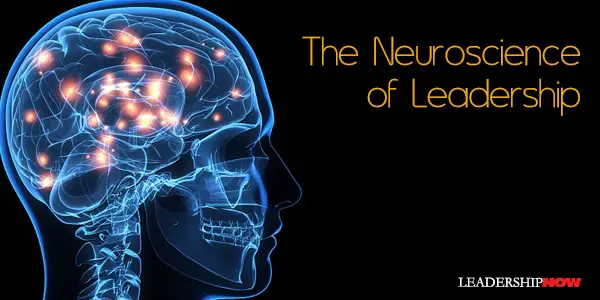 |
 |
08.07.06

The Neuroscience of Leadership
 David Rock, author of Quiet Leadership and Jeffrey Schwartz, a research psychiatrist at the School of Medicine at the University of California at Los Angeles report in Strategy+Business that scientists have "gained a new, far more accurate view of human nature and behavior change because of the integration of psychology (the study of the human mind and human behavior) and neuroscience (the study of the anatomy and physiology of the brain). As a result, researchers have found hitherto unseen neural connections in the living human brain. Advanced computer analysis of these connections has helped researchers develop an increasing body of theoretical work linking the brain (the physical organ) with the mind (the human consciousness that thinks, feels, acts, and perceives)." Several conclusions about organizational change can be drawn from the research that make the art and craft of management far more effective:
Here is the pivotal finding with important implications: Concentrating attention on your mental experience, whether a thought, an insight, a picture in your mind’s eye, or a fear, maintains the brain state arising in association with that experience. Over time, paying enough attention to any specific brain connection keeps the relevant circuitry open and dynamically alive. These circuits can then eventually become not just chemical links but stable, physical changes in the brain’s structure. What does this mean on a practical level? Focusing on the problem only ingrains it in the mind. Based on what we know now the focus should be on the new behavior. The process begins by painting a broad picture of the goal, without specifically identifying the changes that individuals will need to make. Then the leader should help his team to picture the new behaviors in their own minds, and in the process develop energizing new mental maps that have the potential to become hardwired circuitry. The leader would then get their team to focus their attention on their own insights, by facilitating discussions and activities that point toward the goal. After that, the job would be to regularly provide “gentle reminders” so that the new behavioral maps become the dominant pathways along which information, ideas, and energy flow. The leader also needs to catch the team when they get sidetracked and gently bring them back. The power truly is in the focus, and in the attention that is paid. Perhaps you are thinking, “This all sounds too easy. Is the answer to all the challenges of change just to focus people on solutions instead of problems, let them come to their own answers, and keep them focused on their insights?” Apparently, that’s what the brain wants. And some of the most successful management change practices have this type of principle ingrained in them. As Peter F. Drucker said, “We now accept the fact that learning is a lifelong process of keeping abreast of change. And the most pressing task is to teach people how to learn.” In the knowledge economy, where people are being paid to think, and with constant change, there is more pressure than ever to improve how we learn. Perhaps these findings about the brain can start to pull back the curtain on a new world of productivity improvement: in our ability to bring about positive, lasting change in ourselves, in our families, in our workplaces, and in society itself. Luc de Brabandere's The Forgotten Half of Change: Achieving Greater Creativity through Changes in Perception is also good in this regard. 
Posted by Michael McKinney at 08:24 AM
|
BUILD YOUR KNOWLEDGE
 

How to Do Your Start-Up Right STRAIGHT TALK FOR START-UPS 
Grow Your Leadership Skills NEW AND UPCOMING LEADERSHIP BOOKS 
Leadership Minute BITE-SIZE CONCEPTS YOU CAN CHEW ON 
Classic Leadership Books BOOKS TO READ BEFORE YOU LEAD |